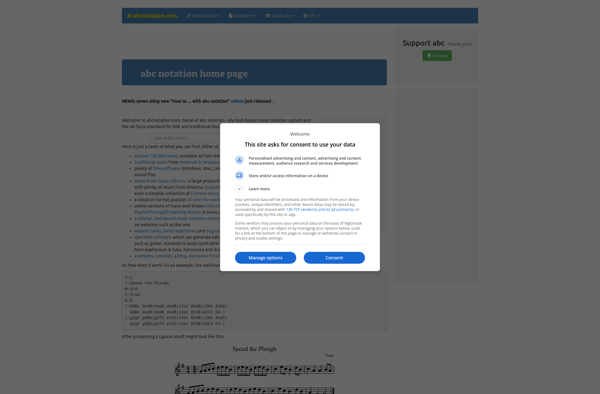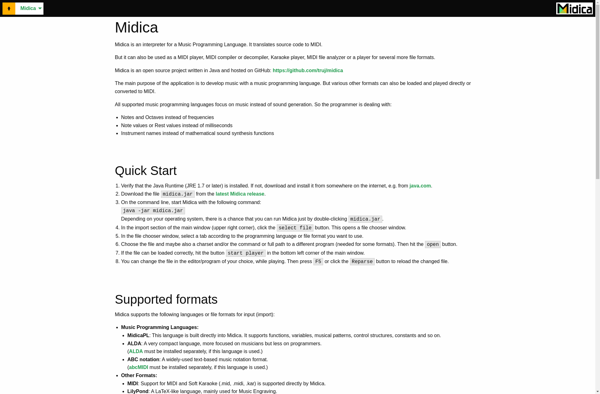Abc notation

ABC notation: A system for notating music
Learn about ABC notation, a widely used system for recording folk and traditional tunes, with letters A through G indicating note names and additional symbols for durations, key, and ornamentation.
What is Abc notation?
ABC notation is a text-based music notation system used to notate musical scores, particularly for folk and traditional tunes. It was developed in 1991 by Chris Walshaw to provide an easy way to exchange tunes through email and internet forums. Since then, it has gained widespread use in the folk music community.
The basic component of ABC notation is using the letters A through G to represent the notes of the musical scale, with capitals for notes below middle C and lower case for those above. Additional syntax like slashes, carets, commas and other punctuation symbols are included to indicate details of the music like note durations, accidentals, rhythm, key signatures, ornamentation, repeats, variations, and more.
A common use of ABC notation is representing monophonic melodies - single, unharmonized melody lines. However its syntax capabilities allow much more complex notation, including multiple voices, chords, lyrics, guitar tablature, MIDI data, ornamentation, music formatting, etc. Many ABC notation tools and libraries are available to convert ABC text into sheet music, MIDI, or audio files.
Overall, ABC notation provides a straightforward way for musicians to write music notation, especially for traditional and folk genres. Its simple text format allows easy sharing, storage, and searching of tunes through the internet and makes ABC a very accessible notation system for musicians.
Abc notation Features
Features
- Allows notation of melody and chords
- Supports multiple clefs and keys
- Has tools for transposing music
- Can playback notation
- Can print sheet music
- Has MIDI input/output
- Can import/export MusicXML files
Pricing
- Freemium
- Subscription-Based
- Open Source
Pros
Cons
Official Links
Reviews & Ratings
Login to ReviewThe Best Abc notation Alternatives
Top Audio & Music and Music Notation and other similar apps like Abc notation
Midica
